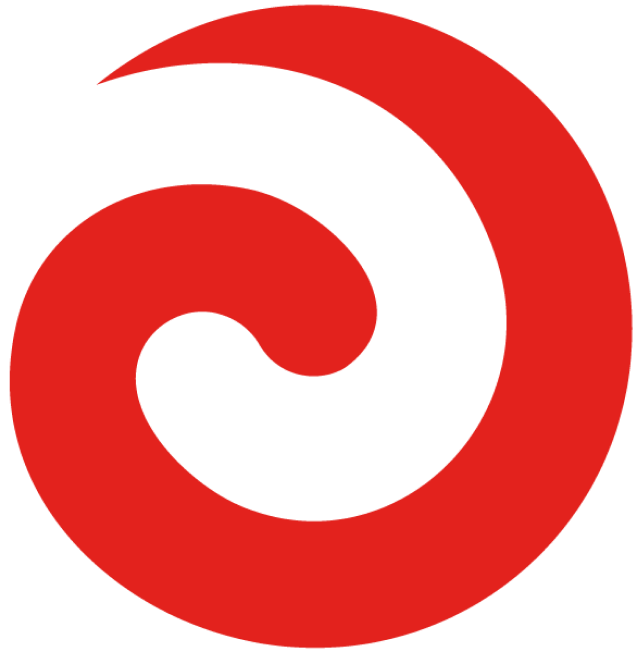Te Pāti Māori says nearly 100,000 people took part in the car-koi activation rallies across Aotearoa today and on social media networks.
In a statement, the party said the people taking part discussed a Māori parliament.
Te Pāti Māori has now issued what it says is a declaration of political independence, Te Ngākau o Te Iwi Māori.
The party implored Māori of all ages and ethnicities in Aotearoa to sign the declaration which proclaimed: “The assertion of Māori sovereignty as affirmed and protected in He Whakaputanga and Te Tiriti o Waitangi through the establishment of a Māori Parliament which asserts the pillar of Te Pāti Māori’s mana motuhake policy. It will be anchored in tikanga and kawa and centred on mana mokopuna, and enable tino rangatiratanga.”
It said the Māori parliament would be established as part of transforming Aotearoa into a nation which respected the tino rantatiratanga of tangata whenua, and create a safe home for all peoples.
“This is the type of transformation our people have been waiting for. What we have witnessed today is te iwi Māori across Aotearoa telling this government that enough is enough. No longer can we allow this very House to dictate our rangatiratanga,” the party said.
Previous Māori parliaments
According to Te Ara, the Encyclopedia of New Zealand, the first Māori parliament was held at Ōrākei in Auckland in 1879, in the house called Kohimarama after the 1860 Kohimarama meeting of chiefs. The final Kohimarama parliament was in 1889.
Another parliament was held at Waitangi between 1881 and 1890. In 1881 a large meeting house, Te Tiriti o Waitangi, was opened at Waitangi to host the parliaments.
In 1892 the various movements came together at Waitangi as the Paremata Māori, or Māori Parliament. A structure was agreed to, including national elections. The parliament was to have a lower house (Whare o Raro) and upper house (Whare Ariki). The focus of the parliament was legal validation from the New Zealand Parliament and retention of Māori land. It had its final meeting in 1902 at Waiōmatatini on the East Coast.
The Kīngitanga also had its own parliament. The Kauhanganui was established at Maungakawa around 1890. It had a council of ministers and 12 tribal representatives - te tekau mā rua. There was a lower house (Whare o Raro) and an upper house (Whare Ariki), and ministers. The head of the Kauhanganui was ultimately the Māori king. News of its activities were reported in the Kīngitanga newspaper, Te Paki o Matariki. A constitution was written in 1894 and the Kauhanganui met until the 1920s.



